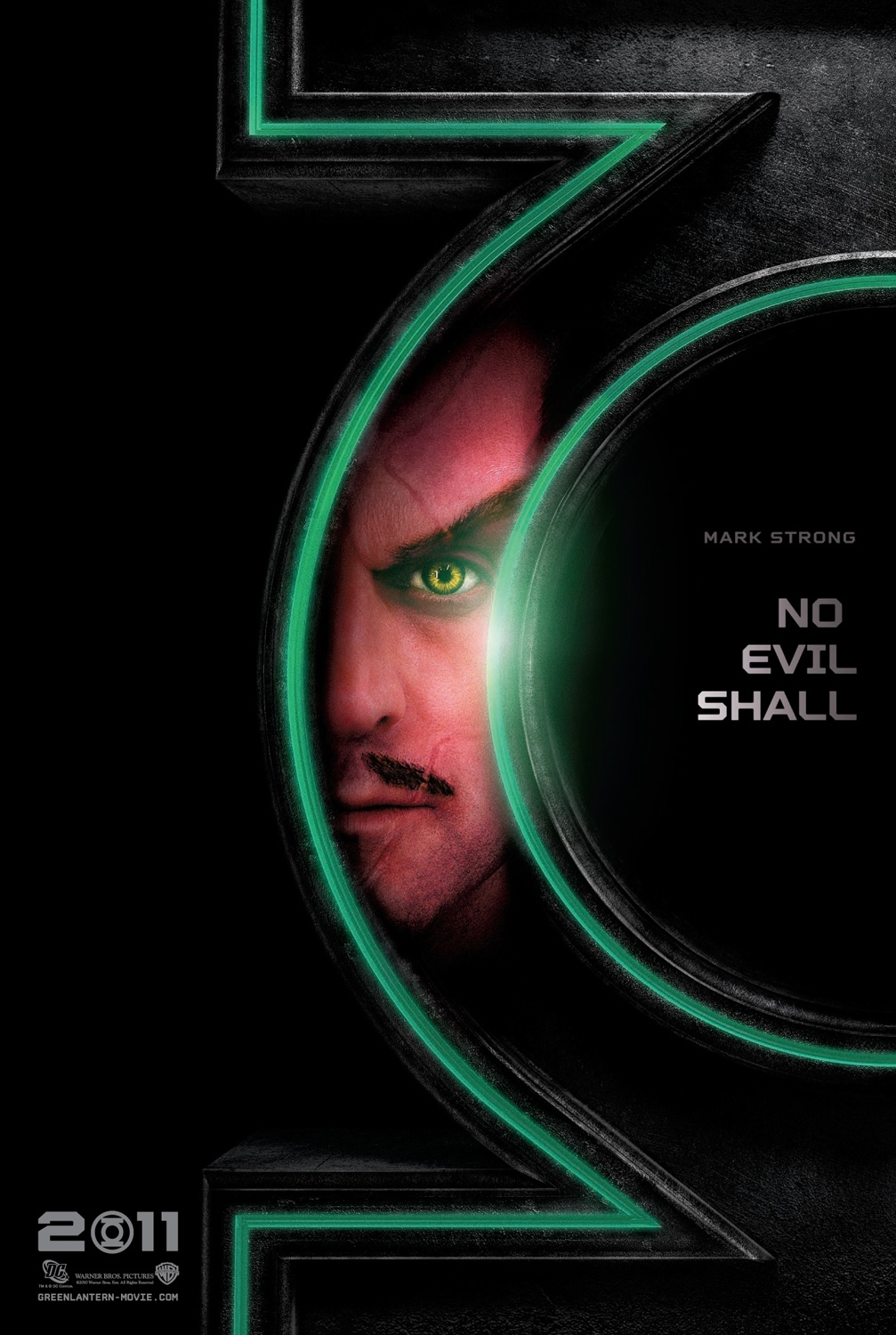Façons de dire. Plot vs. Theme
As nouns the difference between theme and plot is that theme is a subject of a talk or an artistic piece; a topic while plot is the course of a story, comprising a series of incidents which are gradually unfolded, sometimes by unexpected means. As nouns the difference between theme and plot is that theme is a subject of a talk or an artistic piece; a topic while plot is the course of a story, comprising a series of incidents which are gradually unfolded, sometimes by unexpected means. As verbs the difference between theme and plot is that theme is (computing transitive) to apply a theme to; to change the visual appearance and/or. Progressive plots have a central climax followed by denouement. Charlotte's Web and A Wrinkle in Time are examples. Episodical plots have one incident or short episode linked to another by a common character or unifying theme (maybe through chapters). Used by authors to explore character personalities, the nature of their. This video explains theme and helps students to understand the difference between theme, the subject of a story, a summary of a story, and plot events.
In every narrative, story or literary entry, there are various elements to be considered. Among these elements, two are often regarded as the most important. These are the plot and the theme. Ipa slashes.
In the simplest explanation, a plot is synonymous to the storyline, whereas the theme is more the main thought or idea being tackled. Being the storyline, the plot is what one would expect to transpire into a story, or narrative. For example, the events that occur or happen with the characters, what they will do, where they will go, and when they will make an appearance are all part of the plot.
With regard to the theme, common examples are: Love, abortion, war, revenge and many others. The theme simply talks about the issue of the story. The theme is also the underlying topic or message that the writer, author or director wants to impart to their readers or audience. Other people may also regard themes as ornaments of the story. However, themes are very important decorations that unify the whole concept of the literary work.
Plots And Theme
It is even surprising that some confuse the theme with the plot, and vice versa, when in fact it is the genre that is closer in definition to the theme than the plot. The plot, as a whole, starts from the beginning of the story and ends when the story ends. It is a broad collection of events that justify the theme or subject. That's why it is designed in several parts, which include: The exposition (beginning), conflict (where the problems are unveiled), rising action (leads to the climax), climax (the highest and often the most exciting part of the story), falling action (shows the outcome of the climax), and resolution (where the conclusion is reached).

Stories, fiction entries and the like may contain several plots, even as many as there can be governing themes. The simplest of all plots are obviously those that are mostly unidirectional, and linear approaches, which don't derail the readers from thinking about the conclusion's outcome. Nevertheless, when the plot is composed of a combination of multiple or complex plots, it is then called an imbroglio.
Lastly, some authors have different styles in conveying the theme of the story. Many use different figures of speech to express their ideas more effectively, like similes, metaphors and personification, amongst others.
In conclusion, the difference between a plot and theme is the following:
1. Themes are more of the controlling idea, or the motif of the story, whereas the plot is the storyline of the story that includes what happens from start to finish.

Stories, fiction entries and the like may contain several plots, even as many as there can be governing themes. The simplest of all plots are obviously those that are mostly unidirectional, and linear approaches, which don't derail the readers from thinking about the conclusion's outcome. Nevertheless, when the plot is composed of a combination of multiple or complex plots, it is then called an imbroglio.
Lastly, some authors have different styles in conveying the theme of the story. Many use different figures of speech to express their ideas more effectively, like similes, metaphors and personification, amongst others.
In conclusion, the difference between a plot and theme is the following:
1. Themes are more of the controlling idea, or the motif of the story, whereas the plot is the storyline of the story that includes what happens from start to finish.
2. The plot is more structured compared to the theme.
Plot And Theme Graphic Organizer
- Difference Between IHRM and Domestic HRM - November 22, 2011
- Difference Between Heifer and Cow - November 22, 2011
- Difference Between Deacons and Elders - November 22, 2011
